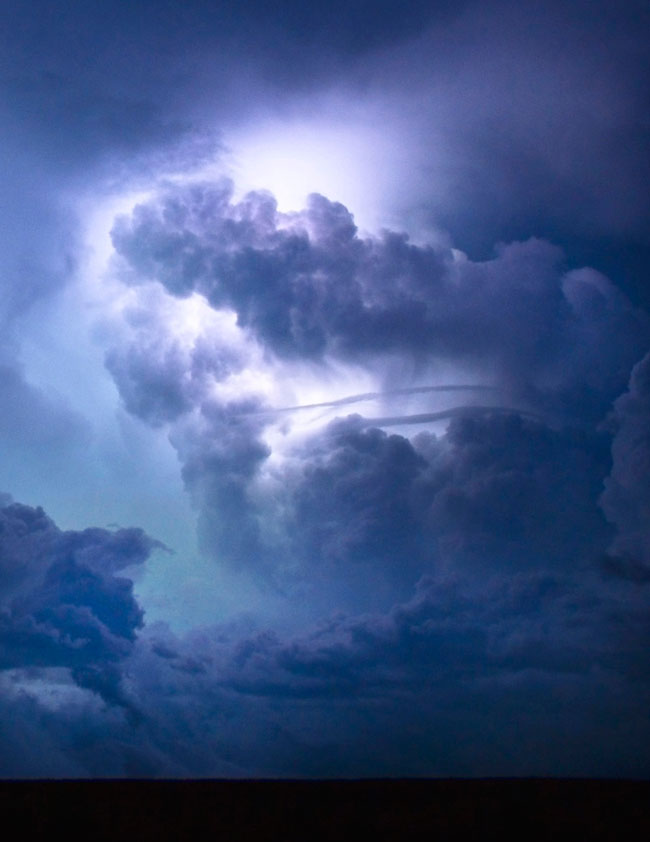

Water in the soil is used by plants in life functions and leaf transpiration, but it also can evaporate directly to the atmosphere. The soil zone is crisscrossed by roots, openings left by decayed roots, and animal and worm burrows, which allow the precipitation to infiltrate into the soil zone. The upper part of the unsaturated zone is the soil-water zone. Although a lot of water can be present in the unsaturated zone, this water cannot be pumped by wells because it is held too tightly by capillary forces. In the unsaturated zone, the voids-that is, the spaces between grains of gravel, sand, silt, clay, and cracks within rocks-contain both air and water. Plants need this shallow groundwater to grow, and, by the process of evapotranspiration, water is moved back into the atmosphere.Īs precipitation infiltrates into the subsurface soil, it generally forms an unsaturated zone and a saturated zone. Evapotranspiration: Some infiltration stays near the land surface, which is where plants put down their roots.Slope of the land: Water falling on steeply-sloped land runs off more quickly and infiltrates less than water falling on flat land.Water that, in natural conditions, infiltrated directly into soil now runs off into streams. Agriculture and the tillage of land also changes the infiltration patterns of a landscape. Impervious surfaces, such as parking lots, roads, and developments, act as a "fast lane" for rainfall - right into storm drains that drain directly into streams. Vegetation can slow the movement of runoff, allowing more time for it to seep into the ground. Land cover: Some land covers have a great impact on infiltration and rainfall runoff.thus more rainfall will become surface runoff. Soil saturation: Like a wet sponge, soil already saturated from previous rainfall can't absorb much more.Soils absorbing less water result in more runoff overland into streams. Soil characteristics: Some soils, such as clays, absorb less water at a slower rate than sandy soils.Much of this "base flow" in streams comes from groundwater seeping into the bed and banks of the stream. Base flow: To varying degrees, the water in streams have a sustained flow, even during periods of lack of rain.Precipitation that infiltrates into the ground often seeps into streambeds over an extended period of time, thus a stream will often continue to flow when it hasn't rained for a long time and where there is no direct runoff from recent precipitation. Precipitation: The greatest factor controlling infiltration is the amount and characteristics (intensity, duration, etc.) of precipitation that falls as rain or snow.Fido assists by making depressions in the ground to demonstrate how small depressions in the ground can accumulate water, which then can sink into the ground ane recharge groundwater. Visit Media to see details.Ī future hydrologist studying groundwater infiltration.

Sources/Usage: Some content may have restrictions.

Water may travel long distances or remain in groundwater storage for long periods before returning to the surface or seeping into other water bodies, such as streams and the oceans. If the aquifers are porous enough to allow water to move freely through it, people can drill wells into the aquifer and use the water for their purposes. Some of the water may infiltrate deeper, recharging groundwater aquifers. Some water that infiltrates will remain in the shallow soil layer, where it will gradually move vertically and horizontally through the soil and subsurface material. Infiltration of precipitation falling on the ice cap of Greenland might be very small, whereas, as this picture of a stream disappearing into a cave in southern Georgia shows, a stream can act as a direct funnel right into groundwater! How much infiltrates depends greatly on a number of factors. Visit Media to see details.Ī small stream disappearing into Russell Cave, Alabama.Īnywhere in the world, a portion of the water that falls as rain and snow infiltrates into the subsurface soil and rock.


 0 kommentar(er)
0 kommentar(er)
